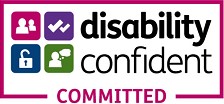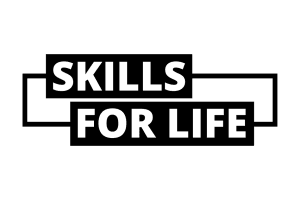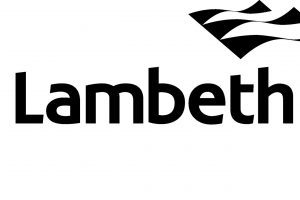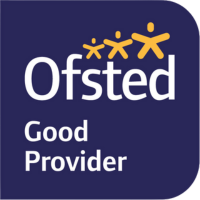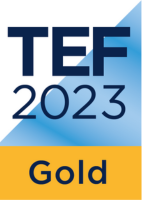Starts: 23 Apr 2025
The Yang Cheng Fu Tai Chi form was simplified from his Grandfather’s original fighting form to make it accessible for all ‘to heal the nation’. It is often called the 108 steps form and consists of learning 37 postures which when learnt and put together create the Tai Chi form. Particularly excellent for seniors! The training methods are designed to help us learn about natural body movement. Through regular practice it teaches us about balance, timing and coordination. An understanding of Yin and Yang through various slow-moving Qi Gong postures. These postures in the form all have various martial applications hidden within them but the emphasis with this class is on improving mental and overall physical health. Practitioners often refer to this as meditation in movement. Students who have successfully completed this course and subsequent training over the years have gone on to become qualified Tai Chi instructors. Achievement on your course will be measured by whether you meet the following learning outcomes. At the start of the course you will have an opportunity to discuss these with your tutor and set your own personal targets, linked to the learning outcomes and future goals i.e.: progression to an advanced- level course



